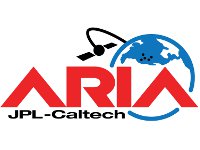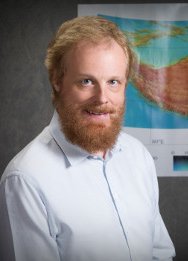Projects
ARIA

The Advanced Rapid Imaging and Analysis (ARIA) Center for Natural Hazards aims to bring geodetic imaging capabilities to an operational level in support of local, national, and international hazard response communities.
Space-based geodetic measurement techniques such as Interferometric Synthetic Aperture Radar (InSAR), Differential Global Positioning System (DGPS), and image pixel tracking have recently become critical additions to our toolset for understanding earthquakes and volcanic eruptions.
Geodetic imaging’s unique ability to capture surface deformation caused by earthquakes and subsurface magma movement with high spatial and temporal resolution has revolutionized both earthquake science and volcanology. Analyses of these data sets are currently handcrafted following each event and are not generated rapidly and reliably enough for response to natural disasters.
The ARIA Center, a joint venture co-sponsored by California Institute of Technology (Caltech) and by NASA through the Jet Propulsion Laboratory (JPL), plans to provide the infrastructure to generate imaging products in near real-time that can improve situational awareness for disaster response. The ARIA Center also plans to provide automated imaging and analysis capabilities necessary to keep up with the imminent increase in raw data from geodetic imaging missions planned for launch by NASA, as well as international space agencies.



